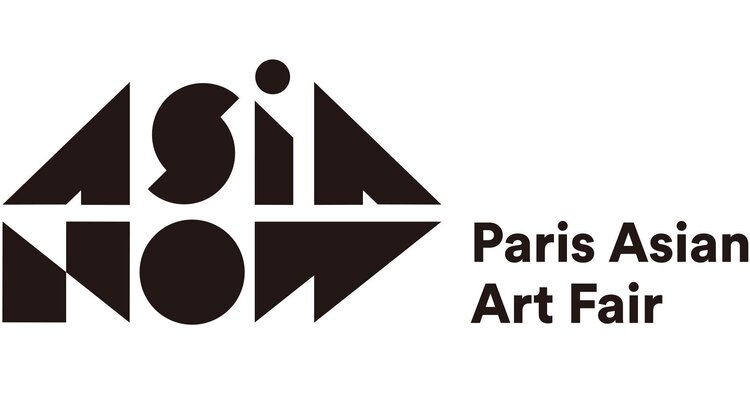Kara Chin - Curated by Hatch
Kara Chin - Hatch, Margot de Rochebouet and Giovanna Traversa's curatorial platform presents a selection of works by the artist Kara Chin. Her work explores our relationship to increasingly digitalised environments and everyday devices. Recent works have explored the extremities of transhumanist ideologies, biohacking and wellness culture; presenting future technocratic premonitions through fictional archaic objects and ceremonies.
In making art about humans’ relationship with future technologies, the challenge is to balance irrational fears with likely realities, all while leaving space for the many unknowables. Newcastle-based Kara Chin strives for this equilibrium in her sculptural installations and animations, which interrogate technology’s unstable future via outlandish fictions and provocative visual responses. Her works, which range from ceramic hangings and upholstered forms to disparate installations, deploy familiar and estranged motifs to create visual juxtapositions, leaving the viewer with a distinct sense of ambivalence, softened by their playful nature.
Kara Chin is a British-Singaporean artist working across animation, ceramics, and installation. Her work inquires into the implications of fast evolving technologies, such as its ethical conundrums and potential consequences of developing robotics and artificial intelligence within the present and future.
Kara Chin's combines transhumanist and nonhuman perspectives into fictional narratives, drawing theorists such as Sherry Turkle, Mark Fisher, Carrie Heeter, Thomas Metzinger, Donna Harroway, Hans Moravic and Nick Bostrom, to often humorously suggest ways new technologies assimilate into the everyday working and domestic environments. Her often chaotic installations combine kinetic and robotic components with sound and natural elements such as water and ‘horticultural material’ to combine the organic and synthetic. Their Anthropomorphic features and moving elements are used to transform sculptures into animated creatures through which to empathize and examine individual experiences within these imagined future scenarios.
Recently, Chin has been researching the relationship between technology and hauntology. She is interested in ’digital manifestations’ which she considers as “the most deceptively real 'non-real’ things” and how technology can exacerbate and facilitate being haunted by the future. This has led to a recent series of animations in which technology is paranormally haunting in an attempt to rationalise the behaviour of machines we increasingly do not understand.

